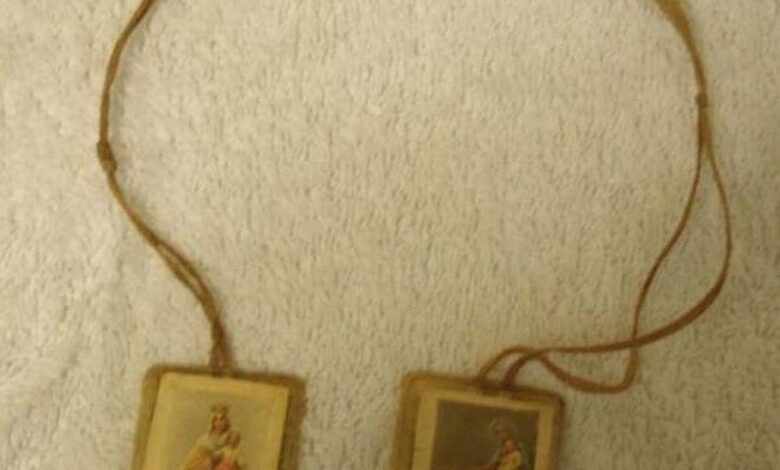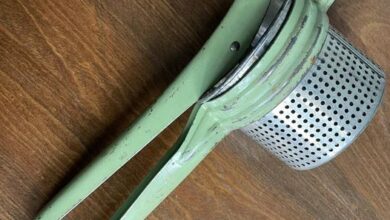The Scapular: A Stitch in Time and Devotion

ADVERTISEMENT
The Scapular: A Stitch in Time and Devotion
For those who grew up in certain religious traditions, the image of the scapular evokes a profound sense of nostalgia and spirituality. These small pieces of cloth, often worn around the neck and resting over the chest and back, are more than mere artifacts; they are symbols of faith and a reminder of religious commitment.
The scapulars depicted in the image bear classic religious imagery, likely depicting saints or scenes from the Bible, designed to serve as a constant reminder of the wearer’s devotion and the protection it affords them. Traditionally made from wool, these scapulars are linked by strings passing over the shoulders, ensuring that one piece of cloth rests on the chest and the other on the back.
ADVERTISEMENT
Historically, the scapular originated from the habit of monks and nuns, specifically the portion that was a piece of cloth worn over the shoulders. Over time, smaller versions were made for lay members of religious orders to symbolize their association and commitment to a specific path in Christianity. They became especially popular in the Middle Ages as part of the devotional practices of Catholics, many of whom believed in the scapular’s promise of divine protection and eventual salvation.
Today, scapulars continue to be worn by millions around the world, transcending their medieval origins to become a universal symbol of Catholic faith. They are given during religious ceremonies and often worn as a sign of special devotion to a particular saint or belief. For many, the scapular is a personal item infused with spiritual significance, often believed to bring peace and protection to those who wear it with faith.
For the older generations who remember these from their childhood, scapulars represent a tactile piece of their spiritual education. They recall the times when these religious items were commonly given to children at First Communions or confirmations, embedding a sense of security and belonging to a faith community.
In a modern context, scapulars stand as a testament to the enduring nature of traditional practices in an increasingly digital and secular world. They remind us that some traditions, much like the scapular itself, are woven into the very fabric of cultural identity, continuing to offer spiritual comfort and continuity amid changing times.
ADVERTISEMENT




